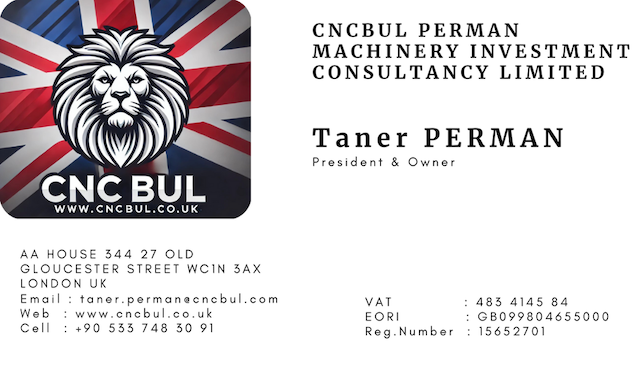What is Fluid Cell Sheet Hydroforming Press?
A Fluid Cell Sheet Hydroforming Press is an advanced forming technology used in the manufacturing of complex sheet metal parts. It operates by using a high-pressure hydraulic fluid to shape a metal sheet against a die, enabling the production of intricate and high-precision components with minimal stress and strain on the material.
Technical Explanation:
1. Basic Principles of Operation
- Hydroforming Process: The fluid cell sheet hydroforming press utilizes hydraulic fluid pressure to shape metal sheets. Unlike traditional stamping, which uses a solid punch and die, hydroforming uses a flexible diaphragm or bladder filled with hydraulic fluid to exert pressure uniformly across the metal sheet.
- Forming Mechanism: The metal sheet is placed over a single-sided, non-mating die. The upper chamber of the press contains a rubber or elastomeric diaphragm filled with hydraulic fluid. When the press is activated, the diaphragm is pressurized, pushing the sheet metal against the die, forming it into the desired shape.
2. Components of a Fluid Cell Hydroforming Press
- Die (Form Tool): A single-sided form tool, typically made from a hard material like steel, is used to define the shape of the final part. The die is designed to withstand high pressures and can be intricately machined to create complex geometries.
- Flexible Diaphragm: The diaphragm is made from a high-strength, flexible material that can conform to the shape of the die. It must be durable enough to withstand repeated cycles of high pressure without failure.
- Hydraulic System: This system is responsible for pressurizing the fluid in the diaphragm. It consists of hydraulic pumps, valves, and reservoirs capable of generating pressures up to several thousand bar, depending on the application.
- Press Frame: A robust structure that houses the die, diaphragm, and hydraulic components. The frame must be able to withstand the high forces generated during the forming process.
3. Process Characteristics
- High Pressure: The process operates at extremely high pressures, often in the range of 5,000 to 15,000 psi (345 to 1,034 bar) or higher, depending on the material and thickness of the sheet metal. This high pressure ensures that the sheet metal conforms precisely to the die, even in intricate areas.
- Material Flow: The hydraulic pressure causes the metal to flow plastically, filling in every detail of the die. This results in high-fidelity reproduction of the die’s geometry, including fine details and complex shapes.
- No Mating Die Required: Unlike traditional stamping, which requires a male and female die, hydroforming requires only a single-sided die. This reduces tooling costs and allows for more flexible design changes.
4. Advantages of Fluid Cell Hydroforming
- Complex Geometries: Fluid cell hydroforming is particularly suited for producing parts with complex, deep-drawn shapes that would be difficult or impossible to achieve with conventional stamping methods.
- Uniform Material Thickness: The process distributes stress evenly across the sheet, resulting in minimal thinning or stretching of the material. This uniformity is crucial for parts that require consistent material properties across their surface.
- High Precision and Surface Finish: The process produces parts with tight tolerances and excellent surface finishes, reducing the need for secondary machining or finishing operations.
- Reduced Tooling Costs: With only one die required, tooling costs are significantly lower than in traditional stamping processes. Additionally, the flexible diaphragm can accommodate different part shapes without requiring new tooling for each design.
- Material Versatility: Fluid cell hydroforming is compatible with a wide range of materials, including aluminum, stainless steel, titanium, and high-strength alloys.
5. Applications
- Aerospace: The process is widely used in the aerospace industry for forming complex, lightweight components such as fuselage panels, wing skins, and structural parts.
- Automotive: In the automotive sector, it is used for producing body panels, structural components, and intricate engine parts.
- Medical Devices: Hydroforming is used to produce precision components in the medical field, including surgical instruments and implants.
- Electronics: It is also employed in the production of enclosures and housings for electronic devices where precision and surface finish are critical.
6. Process Limitations
- Cycle Time: The process can be slower than traditional stamping due to the time required to pressurize and depressurize the hydraulic fluid.
- Tool Wear: The diaphragm and die can experience wear over time, particularly at very high pressures, necessitating regular maintenance and replacement.
- Size Limitations: The size of the part that can be produced is limited by the size of the press and the die, although large-scale presses are available.
7. Control Systems
- CNC Control: Modern fluid cell hydroforming presses are often equipped with CNC (Computer Numerical Control) systems that precisely control the pressure and timing of the process, allowing for high repeatability and consistency in production.
- Process Monitoring: Sensors and feedback systems monitor critical parameters such as pressure, temperature, and diaphragm position, ensuring optimal performance and part quality.
In summary, a Fluid Cell Sheet Hydroforming Press is a highly specialized and advanced manufacturing technology that allows for the production of complex, high-precision sheet metal parts with uniform material properties and excellent surface finishes. Its versatility and precision make it an invaluable tool in industries where complex geometries and tight tolerances are required.


